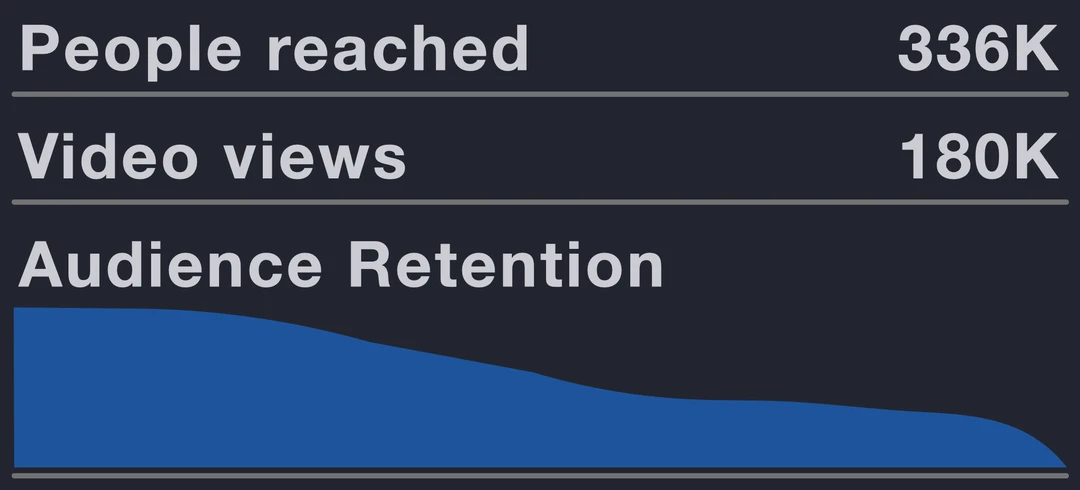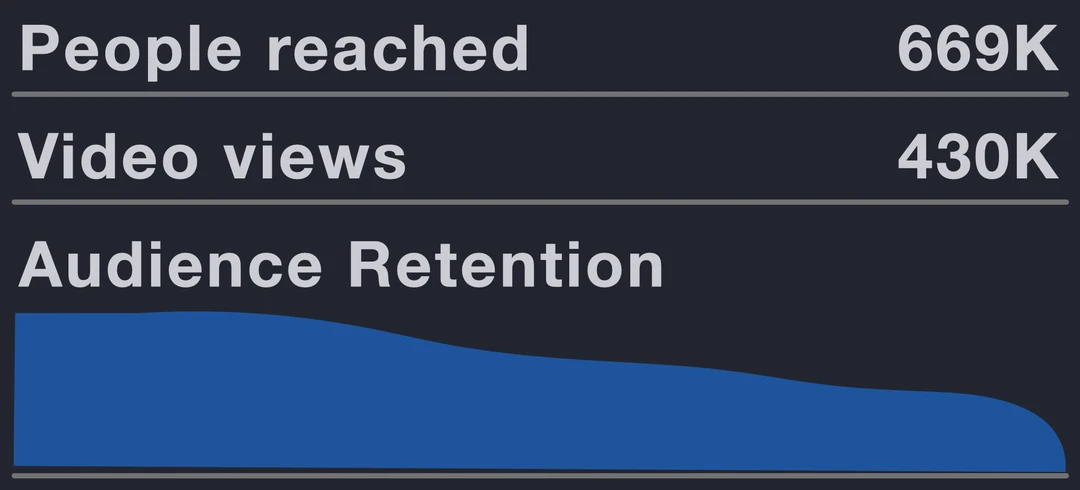Workflow Optimization for Social Media Promotion
 Photo by Peter Stumpf on Unsplash
Photo by Peter Stumpf on Unsplash
Table of Contents
Abstract
This document discusses a workflow for social media promotion, including issues with the original workflow and a revised version that integrates online collaboration, assessment and summary, fabric selection, and a library for similar products and fabric.
The revised workflow led to a 4.4x increase in the number of posts and a 3.2x increase in the number of reactions per post, all while maintaining the same operational budget as the original workflow. The document also includes a comparison of post performance with that of a competitor, as well as a selection of top-performing posts.
1. Introduction
Social media has become an essential tool for business development due to its large number of active users and its ability to provide a direct way to interact with users. This can be leveraged for brand and product promotion. Among the many social media platforms, Facebook is often chosen because it is the largest, with 2.99 billion monthly active users as of March 31, 2023.
Social media platforms provide multiple formats, including text, images, and videos, for business owners to create posts. Video, which can generate 1200% more shares than text and image content combined, is the most effective format.
Even with knowledge of which platform to choose and what content format to use, creating posts and effectively engaging users is still difficult for businesses. There are two main challenges to consider when using social media for business purposes:
- The high number of active users means that there is a lot of competition, so businesses need to consistently create new and innovative posts to stand out.
- As social media becomes increasingly intertwined with product development and manufacturing, the workflow for managing it becomes more complex. However, there is no single standard workflow that fits all situations.
Therefore, designing a smooth workflow that can generate innovative posts is crucial to succeeding in business development on social media.
2. Workflow
2.1. First Version

Fig. 1 provides an example of our original workflow, which includes the following steps:
Ideation, Summary and Review: Every week, all staff members meet to propose and discuss ideas. The ideas are then summarized and reviewed by stakeholders, as shown in Fig. 1(a). Ideas that pass the review process proceed to the next step.
Preprocess: In this step, the tailor creates a prototype based on the proposal, assesses manufacturing difficulties and functionality, and decides on the fabric to be used.
Production: The product is customized based on feedback and assessment of the prototype. In addition, a videographer and photographer are required to record videos and take photos, respectively.
Release and Review: After publishing the post, all team members held a meeting to discuss its metrics and determine what needs to be improved next time.
While this chronological workflow may seem effective, there are several issues:
- Waste in Resources: Ideas proposed by designers may be difficult to manufacture or may require too many resources in film and photo shooting. This can lead to termination of the proposal in the later phases of the workflow, resulting in wasted resources.
- Waste of Time: To solve the aforementioned problem, one might try to gather all relevant personnel during ideation, including tailors and photographers. However, this process can be time-consuming. For instance, there is no need for a photographer to join discussions on product features during brainstorming among designers. In addition, members may have different work sites, which means they need to spend extra time commuting.
- Bottleneck: Since stakeholders need to manually review all proposals before moving to the next phase of the workflow, this becomes a bottleneck for the entire workflow and is prone to human error.
- Inefficiency and Unreliability: As the number of products increase, it becomes difficult to identify all products that are similar to the proposed idea during the review phase. This can lead to the unintentional manufacturing of similar products without awareness.
An example of each step in our original workflow.
(a) Ideationshow hide
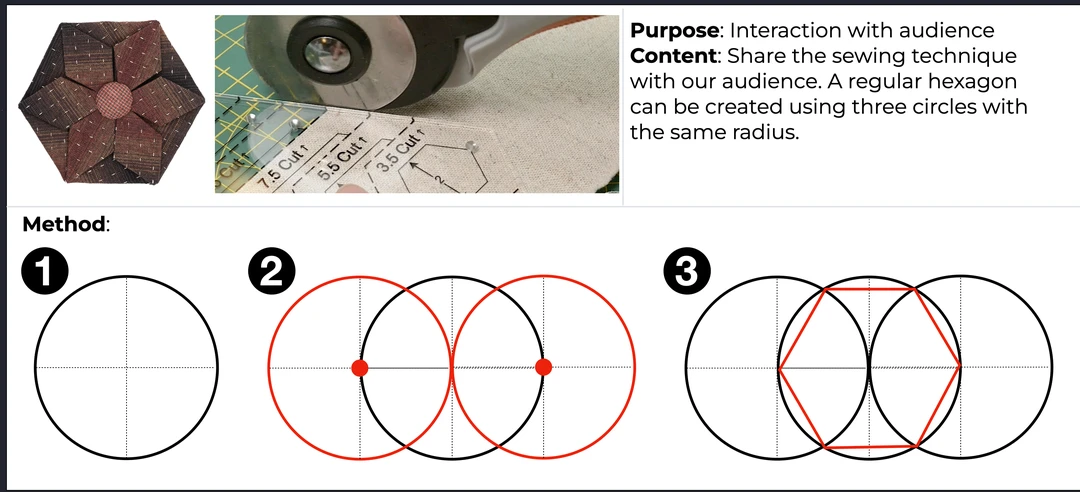
(b) Preprocessshow hide

(c) Productionshow hide
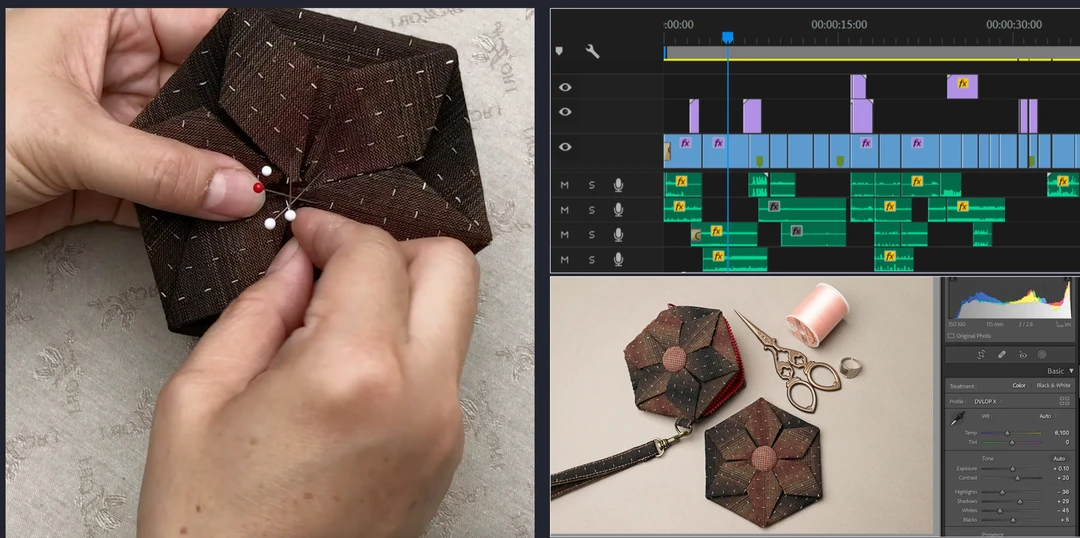
(d) Release & Reviewshow hide
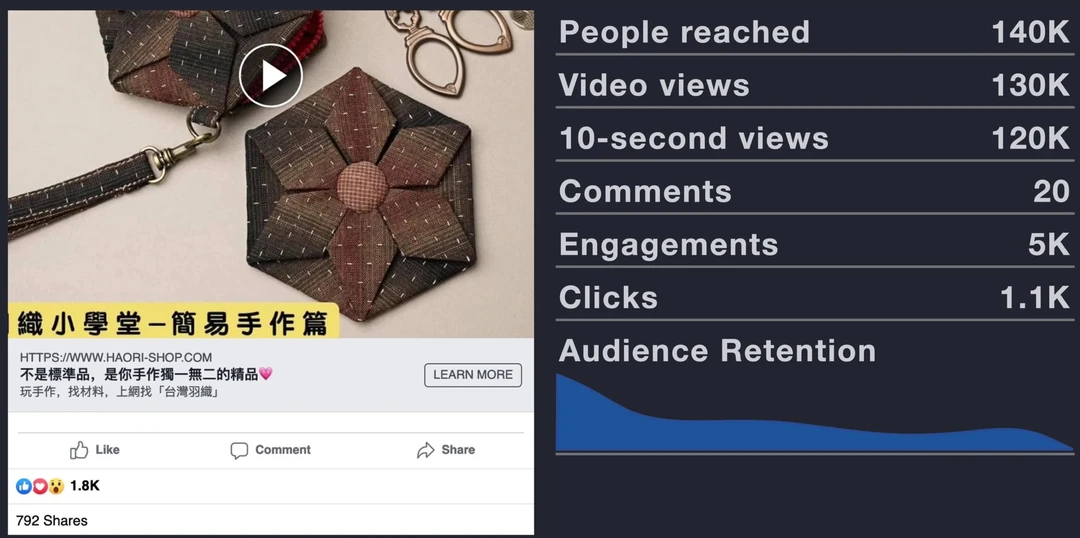
2.2. Revised Version
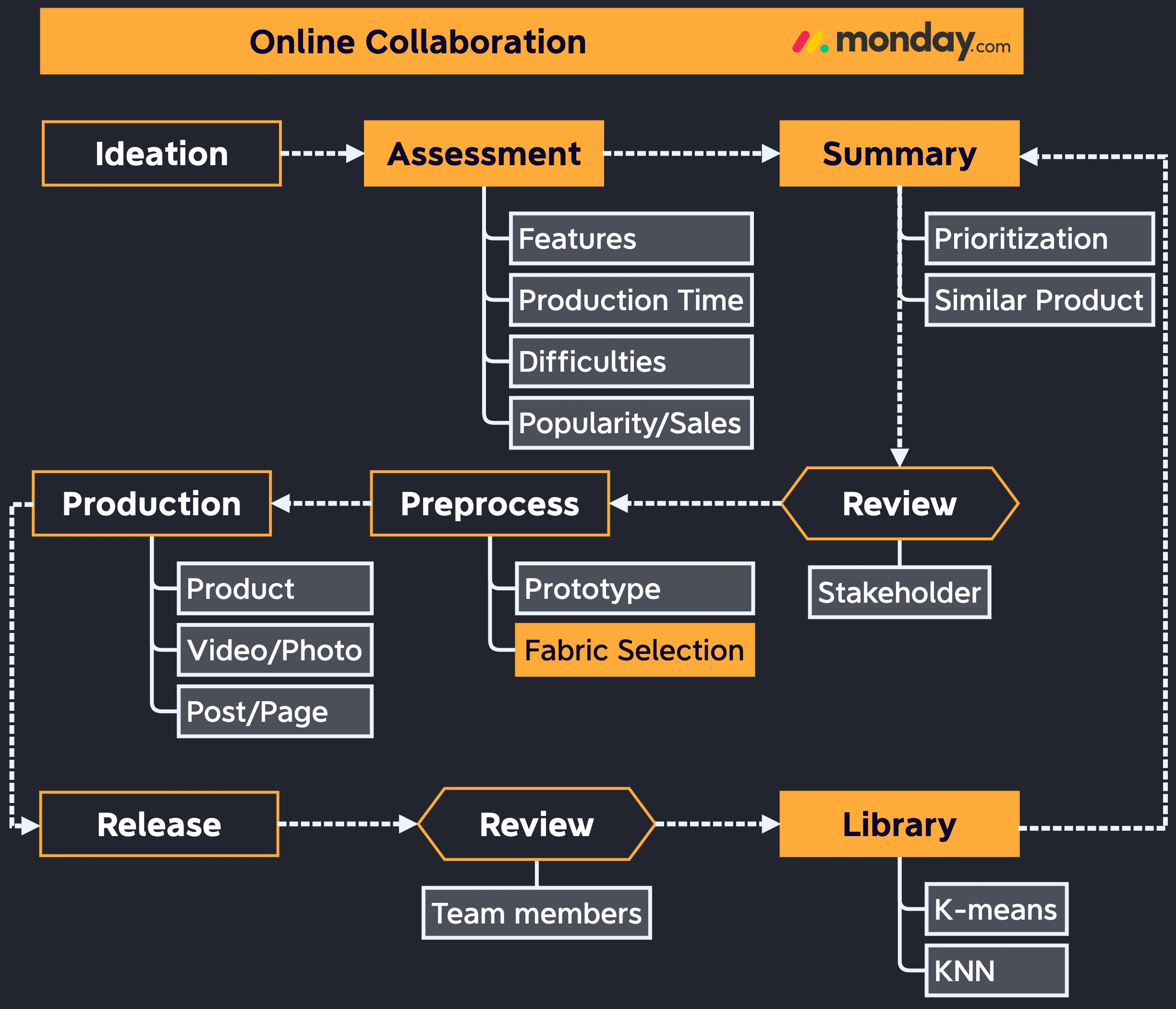
The workflow has been revised to address the issues mentioned above. Three additional steps have been integrated into the workflow, as shown in Fig. 2:
Online Collaboration: We integrate our workflow with monday.com, as shown in Fig. 2(a). This platform allows all members, including tailors and photographers who are in the later phase of the process, to discuss ideas more efficiently. In this way, all members can discuss each idea in a more organized way and save time on commuting and holding meetings.
Assessment & Summary: In addition to outlining the content and purpose of the proposal, members must identify its features❶ and assess the necessary resources❷. The KNN (K-Nearest-Neighbor) algorithm is then applied to retrieve similar products from the library based on their features❸. K-means is used to prioritize each proposal based on the required resources.
Fabric Selection: Thanks to our in-house fabric library, the time required for fabric selection has been significantly reduced.
Library: We have set up a library for products similar to the fabric library. After each product release and review, members update the actual metrics and resources needed in the library. This information is then used in the Summary step.
Budget: Apart from the time spent on in-house library development and the monthly subscription fee of the online collaboration application, there are no other expenses. This means that the revised workflow can be implemented within the original operational budget.
Three major steps of revised workflow.
(a) Online Collaborationshow hide

(b) Assessment & Summaryshow hide

(c) Fabric Libraryshow hide
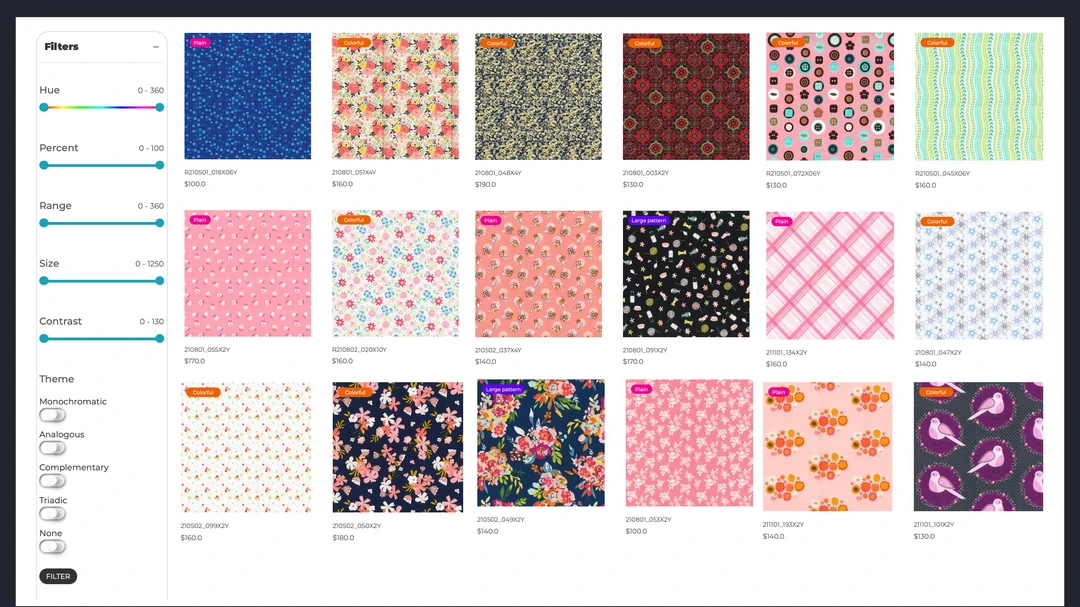
3. Result
3.1. Dataset
Data Source: Due to confidentiality, I cannot disclose information regarding sales, customer retention, and people reached. However, I can provide a comparison of post performance based on publicly available data from Facebook. We extracted this data using a web crawler implemented with Selenium in Python.
Competitor: We have included data from our competitor, labeled “Benchmark” in the following analysis, for comparison purposes. We selected this competitor since it is the most active account on social media among all fabric retailers in Taiwan.
3.2. Comparison
As shown in Fig. 3, we have selected two metrics for comparison:
Number of Posts: This can be considered a measure of productivity.
Average Number of Reactions per Post: This metric is calculated by dividing the total number of reactions, such as “Like”, “Love”, “Haha”, “Wow”, “Sad”, and “Angry”, that users click on by the total number of posts per month. This measure can be used to gauge popularity.
The figure compares our performance with that of our competitor in two metrics: the number of posts and the average number of reactions per post.
To better understand the context of our development process, we divide the timeline into four phases and discuss each phase separately.
Phase I
The competitor began promoting on social media as early as 2014, three years before we did. Since then, they have consistently published posts and steadily gained popularity.
Phase II
We adopted the first version of the workflow and started promoting our product on social media. However, we encountered the issues mentioned previously, which resulted in low productivity in terms of the number of posts, and our popularity was only one-third that of our competitor.
Phase III
The revised workflow has resulted in a 4.4x increase in the number of posts compared to Phase II. This is also the first time we have surpassed our competitor. Additionally, due to the consistency in post publication and the improved quality of each post, there has been a 3.2x increase in the number of reactions per post compared to Phase II.
Phase IV
Although the revised workflow can be implemented within the original operational budget, the cost of materials will inevitably increase as more content is created and popularity becomes saturated. In other words, we are facing the problem of diminishing marginal effect.
To tackle this issue, we implemented workflow modifications (details omitted). As a result, we maintained the same level of popularity with fewer posts. Moreover, we surpassed our competitors in popularity for the first time.
3.3. Selected Posts
The following are the top three posts from our Facebook page. These posts reached 748k people with a single post, without any advertisements, and resulted in a monthly reach of 1.2M on our Facebook page.
4. Conclusion
In this document, we outline the issues with the original workflow, which include waste in resources and time, bottleneck, inefficiency, and unreliability. We present a revised workflow that integrates an online collaboration platform, an in-house library, and a machine learning algorithm to solve these issues. This workflow can be operated under the same operational budget as the previous one, while also outperforming it in productivity and post popularity, which are measured in the number of posts and average number of reactions per post.
We also discuss a comparison with our competitor. Despite the competitor starting on social media three years earlier than us, we managed to surpass them with our revised workflow in 2021.



